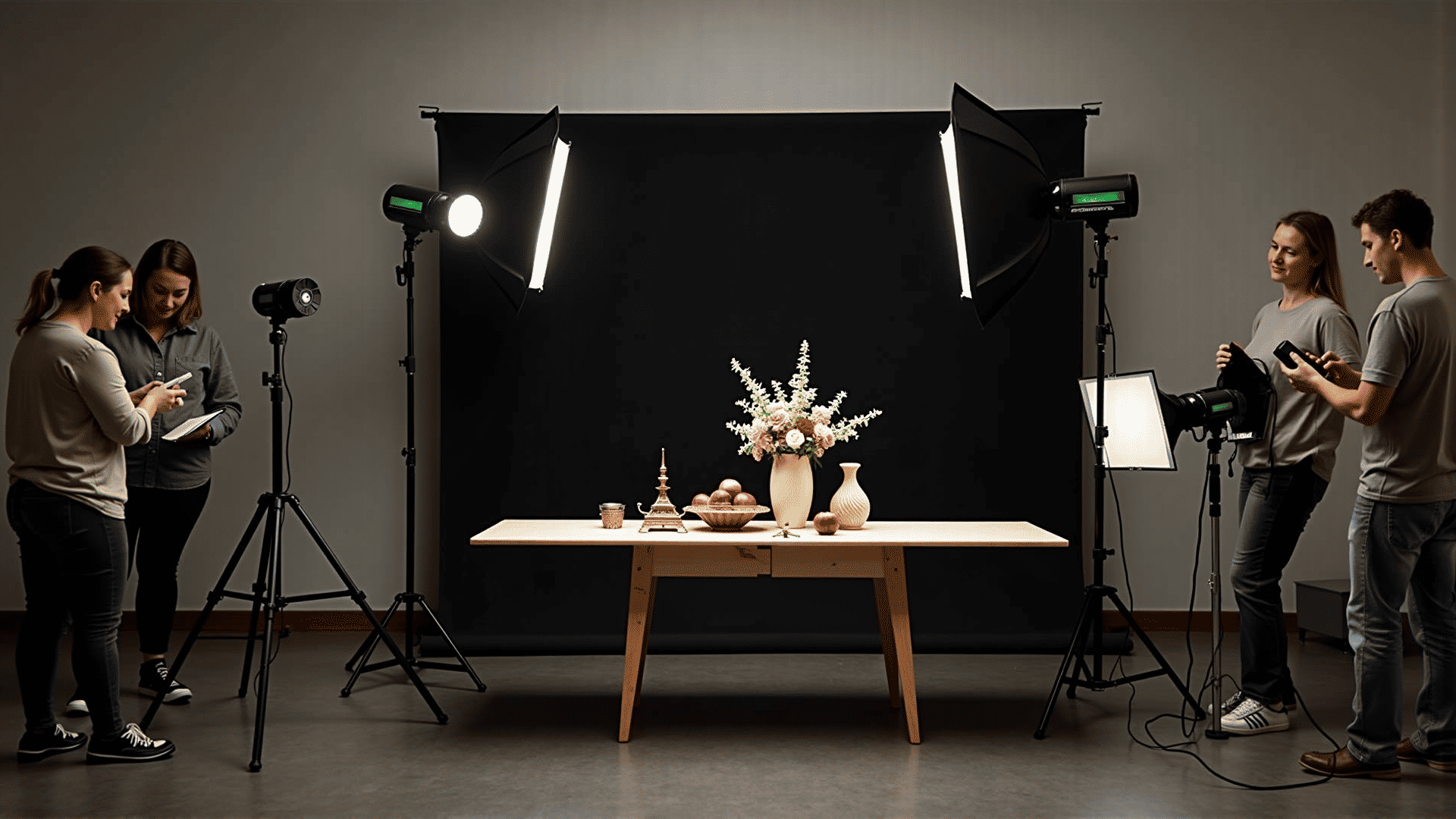Light is the essence of photography, shaping the very core of every image captured. Without it, photos are non-existent, for it is light that delineates subjects, conveys mood, and breathes life into the artwork. Understanding how to harness both natural and artificial light can differentiate a mere picture from a captivating masterpiece.
Natural light, offered generously by the sun, can transform a simple scene into something ethereal. The time of day significantly influences the quality and direction of this light. The golden hour, shortly after sunrise and before sunset, is famed for its warm, gentle glow that casts long shadows and bathes subjects in soft, flattering tones. Conversely, midday sun, with its harsh, direct rays, can add dynamism through vivid colors and strong contrasts, although it demands careful handling to avoid overpowering highlights and deep shadows.
Cloudy days offer diffuse light, naturally softening the scene. This sort of illumination is perfect for portraits or capturing fine details in nature, as it allows colors and textures to ring true without harsh contrasts. On the other hand, night skies present their unique challenge and allure, demanding mastery over low-light techniques and strategic use of artificial illumination to create striking compositions.
Speaking of artificial light, it extends the photographer's toolkit far beyond the confines of daylight. From studio setups with controlled lighting rigs to the portability of flash units, artificial sources offer flexibility and creativity. They allow detailed fine-tuning, enabling specific emphasis on facets of the subject or creating particular atmospheres that natural light alone may not provide.
Master photographers often choreograph a delicate dance between natural and artificial light. An interior scene may harness the soft touch of sunlight filtering through a window while augmented subtly by a fill light to soften shadows. The seamless blending of these two elements illustrates not just technical skill but also an artistic vision.
Understanding the directionality of light is equally pivotal. Side lighting imbues depth and texture, highlighting imperfections that add character. Backlighting can transform a mundane subject by outlining it with a halo effect, rendering it ethereal and compelling. Meanwhile, frontal lighting can create a flat yet uniformly lit subject, emphasizing color and form without distraction.
Ultimately, mastering light is less about rigid rules and more about exploration and understanding. It is the willingness to experiment, fail, and learn that defines a true artist in this realm. By observing how shadows change throughout the day, or how a piece of cloth can alter the mood by diffusing a harsh flash, photographers can refine their abilities to capture emotion and narrative within their frames.
In the hands of a master, light is not just illumination. It is a paintbrush, pen, and storyteller, crafting narratives, evoking emotions, and immortalizing moments. The artistry lies in seeing beyond the obvious and transforming the ordinary into an extraordinary visual experience.
